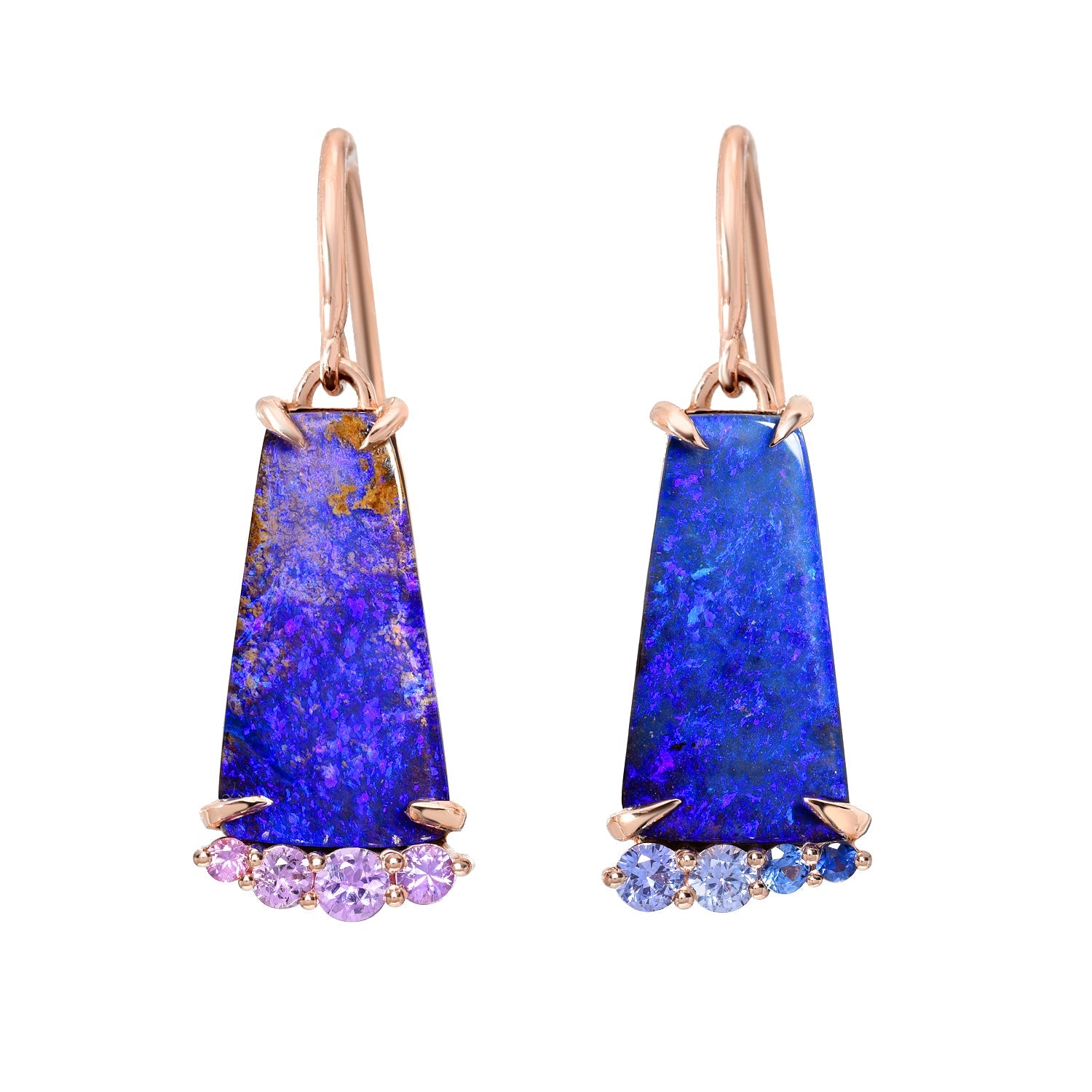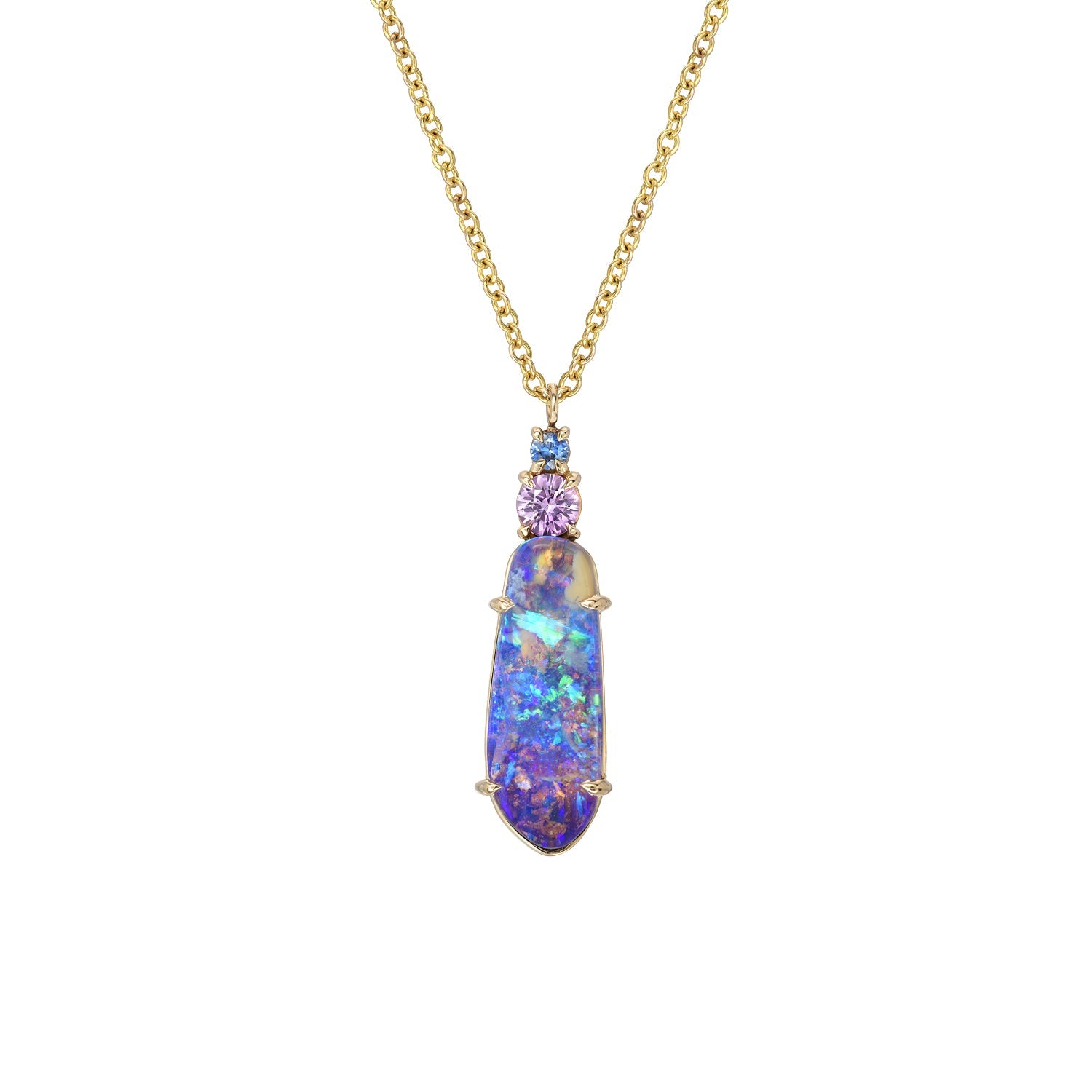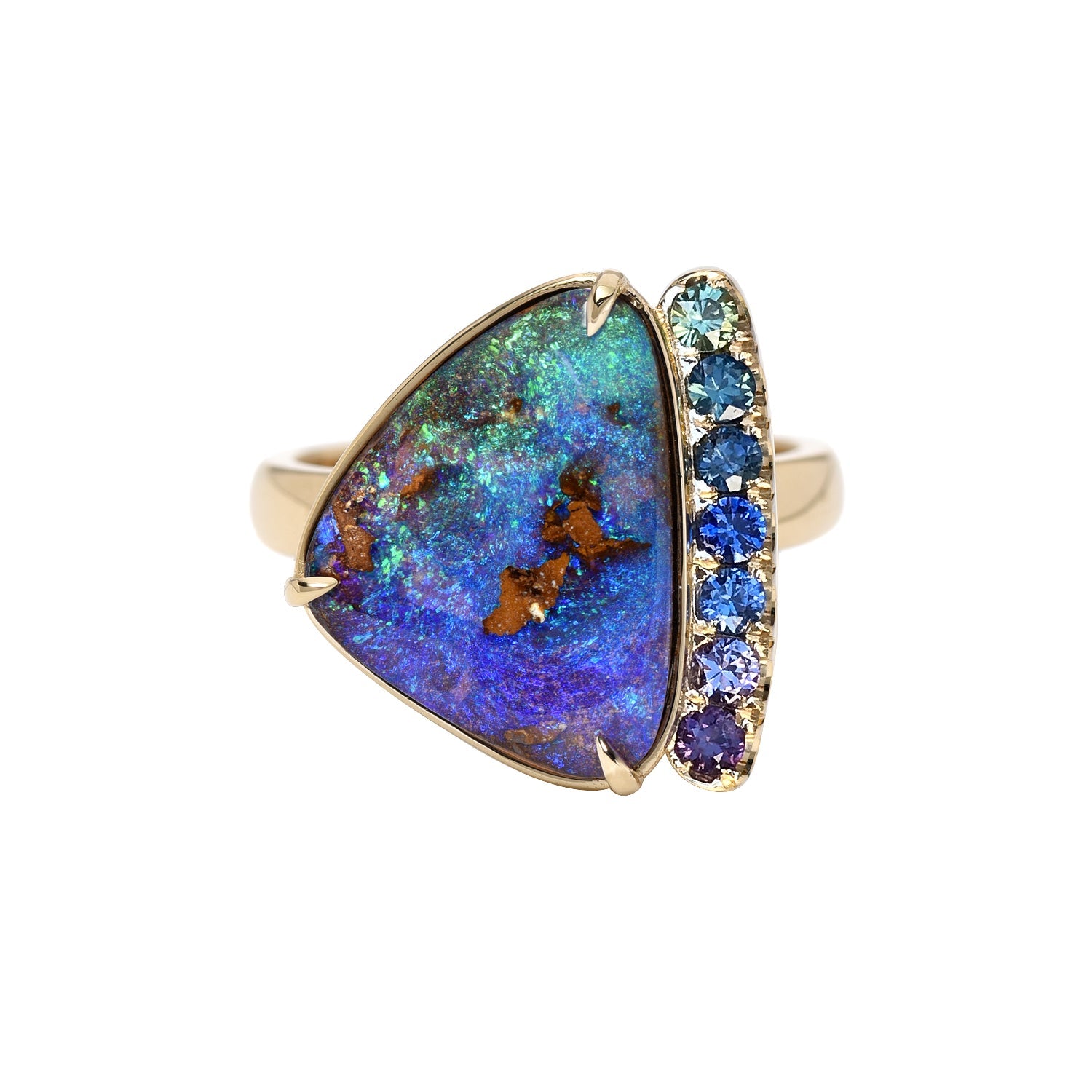
The Ephemeral Beauty of Nature
nicole gluckmanShare
The next time you spend the day outdoors, observe how sunlight paints an ever-changing scene. One moment, a bloom or the surface of the sea may appear a pale blue hue, the next, bright azure.

Not many understood or appreciated this concept of ephemerality when viewing the early works of artists such as Cézanne, Degas, Pissarro, Renoir, and, of course, Claude Monet. Like many well-known artists, these greats of the Impressionist Movement experienced failure before fame. This rejection inspired not only a new way of seeing but also a new way of doing that would change the world of art forever.
Before Impressionism, art in Europe was primarily exhibited by official organizations like the Paris Salon, which favored styles demonstrating classical ideals and precise renderings. Because these traditional organizations initially rejected Monet and his peers' innovative works, in 1874, the progressive artists decided to break free from convention and hold what would later become known as the First Impressionist Exhibition—with unwavering support from French art dealer Paul Durand-Ruel, perhaps the biggest Impressionist collector of all, who amassed over 5,000 pieces in his lifetime … before it was en vogue to do such.
It’s there, at the First Impressionist Exhibition, that Monet’s Impression, Sunrise (1872) was first exhibited — a painting that depicts the port of Le Havre, France, where Monet spent his childhood. This painting was in stark contrast to the classical styles that earned the approval of art critics such as Louis Leroy whose satirical response to the picture included calling it, “Wallpaper in its embryonic state [...].” He also degraded it as merely an impression — a name that Monet and company didn’t initially embrace but that would later become one of the most influential art movements of all time.

Monet had experienced severe periods of depression due to rejection and financial strain — something he struggled with throughout most of his lifetime — but that would not stop him from finding success (largely from an American audience) or from creating over 2,000 paintings. Of these many works, 41 were painted in his favorite rooms (#610 and #611) at the Savoy Hotel in London known as the Monet Suites — an impressionist series of the Waterloo Bridge on the River Thames. And roughly 250 form his Water Lilies series that showcase the aquatic flowers — in many different lights, reflections, and colors — in his garden at Giverny.

Like the passion he poured into his paintings, Monet dedicated much of his time to the gardens, water features, and bridges (one in a traditional Japanese style) surrounding his Giverny home — even paying a gardener to dust his beloved lilies.

Monet’s appreciation for the ephemeral beauty of nature is captured in his works but also in his words, including a quote that mirrors our own experience as creators.
“The light constantly changes, and that alters the atmosphere and beauty of things every minute.”
This concept resonates deeply, and it’s one of the reasons we gravitate toward opals. Every passing moment and shift in light alters the appearance of an opal stone. Photograph it 10 times and you’ll capture 10 unique faces of the same gem. Opals are the quintessential impressionist gemstone and they are our favorite place to gaze for ever-changing beauty.

Like a canvas brushed with morning light, our Impressions of Dawn necklace captures the delicate poetry of color in motion. Framed in ombré enamel glows a luminous crystal opal with an ever-shifting palette — strokes of pastel pink, blue, and green as though painted by an artist capturing a series of fleeting moments.
Having made its own impression, this Monet-inspired piece has been added to the collection of a cherished client, but we have more pastel strokes within parallel palettes for you to explore in store.
Image credits:
Foggy Morning at Pourville, Claude Monet, Public domain, via Wikimedia Commons-Left
Sunset at Pourville, Claude Monet, Public domain, via Wikimedia Commons-Right
Sunrise Impresssion, Claude Monet, Public domain, via Wikimedia Commons
Waterloo Bridge, London at Dusk - Everett Collection
Nypheas at Giverny, Claude Monet, Public domain, via Wikimedia Commons



